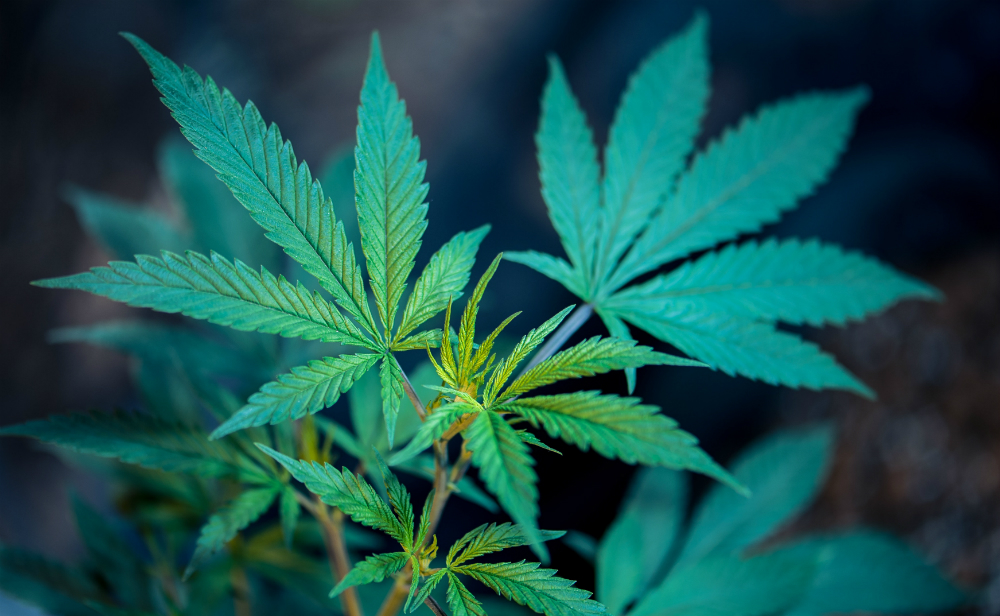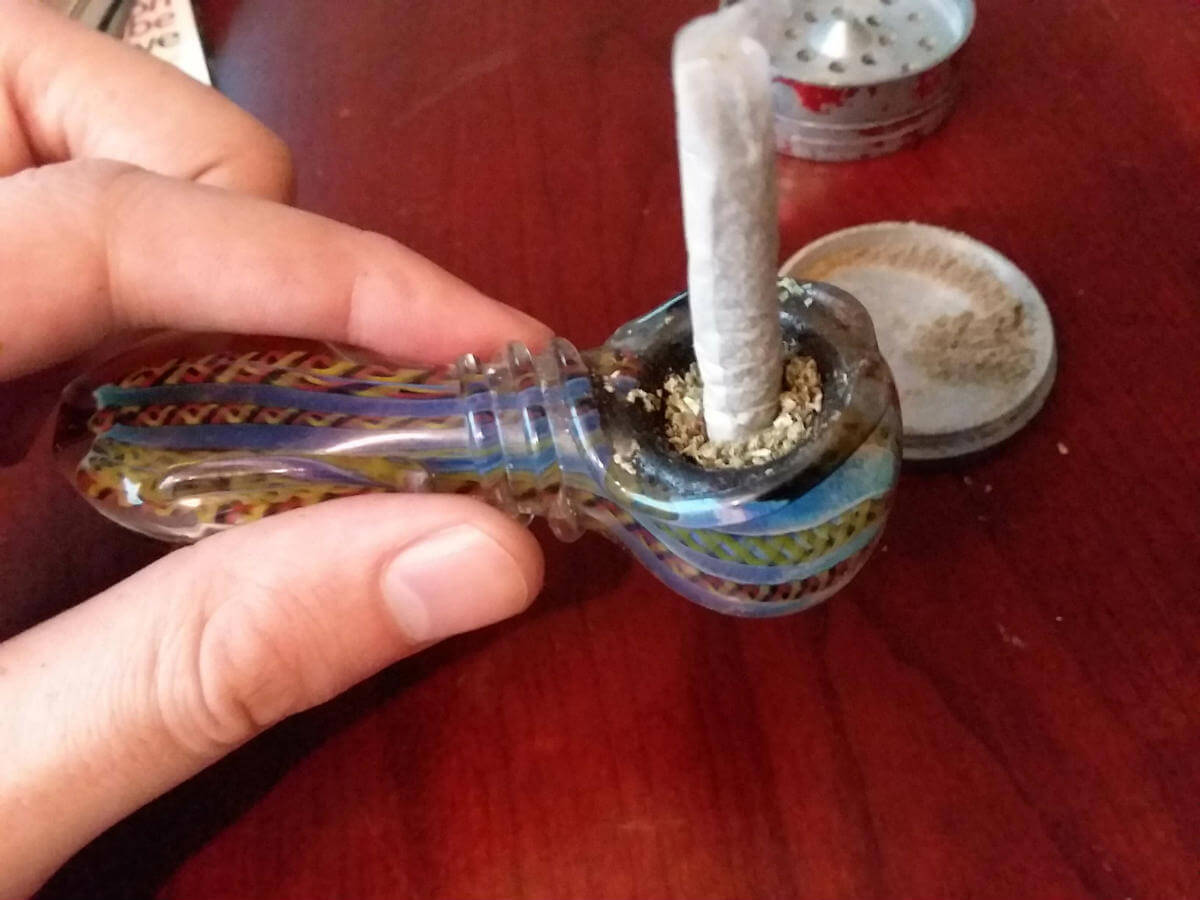You may be thinking, “But I don’t ever decarboxylate my weed before smoking, and I still get high. What gives?”
Hold your horses. We’ll get there.
The Chemistry of Decarboxylation
Let’s take a closer look at the chemistry of cannabis consumption. When marijuana is harvested, there is an abundance of THCA in its trichomes. While THCA is neuroprotective and anti-inflammatory, it is not psychoactive. THC is the psychoactive compound that produces the “high” feeling most people associate with marijuana. So if you want to get high, you need to transform THCA into THC. This process is known as decarboxylation.
There are two main ways that you can make this transformation happen: the passage of time and the application of heat. After harvesting, the drying and curing process naturally transforms some of the THCA into THC. However, if you want to bake or make tinctures out of your marijuana, you’ll need a better way to decarboxylate than just waiting for it to occur.
The quickest way to decarb pot is to use heat. Whenever you smoke or vape, the heat used in those processes instantaneously decarboxylates the THCA into THC which will then be absorbed by your lungs. So you’ve been decarboxylating every time you light up or vape whether or not you even realized it.
Decarboxylation is especially important for making edibles. Luckily, anyone with an oven can do it safely in their own home.
How to Decarb Cannabis at Home
Decarboxylating marijuana from the comfort of your kitchen is quite a simple and straightforward process. Your cannabis must be heated over a period of time to transform THCA into THC.
The common recommendation is to place ground up cannabis on a baking sheet and put it in the oven. THCA will begin to decarboxylate after 30-45 minutes at 220 degrees Fahrenheit.
Now, it’s important to talk about terpenes. These are the oils that give cannabis its unique aromas and flavors, and they will evaporate at higher temperatures. This is why more flavors are retained when vaping versus smoking; vaping uses lower temperatures and more terpenes are kept intact.
If you want to retain terpenes, you’ll want to keep your oven’s temperature as close to 220 as possible. Remember that not all oven’s accurately match the temperature you set for them.
If you’re in a real time crunch, you can decarboxylate for less time at higher temperatures, but you will lose a lot of these flavorful terpenes in the process.
Grind up your flower and place it on a cookie tray (you can place parchment paper underneath your bud if you want). Make sure to keep an eye on your marijuana as it decarbs. After about 15-20 minutes, take your tray out and rearrange your flower to make sure it decarboxylates evenly.
If you are decarbing kief, the process is the same. Just make sure to keep a closer eye on kief as it will typically decarb quicker than flower.
Once your marijuana is a light to medium brown, take your baking sheet out of the oven and place it aside to cool. Now your weed is decarbed and ready to be used in cooking or making tinctures. Make sure to store any excess in an airtight container and keep it in a cool location away from sunlight.
Once you have your decarbed weed, you can use it in many different ways. Check out our blog posts about making cannabis-infused coffee, cannabutter, or tinctures.




